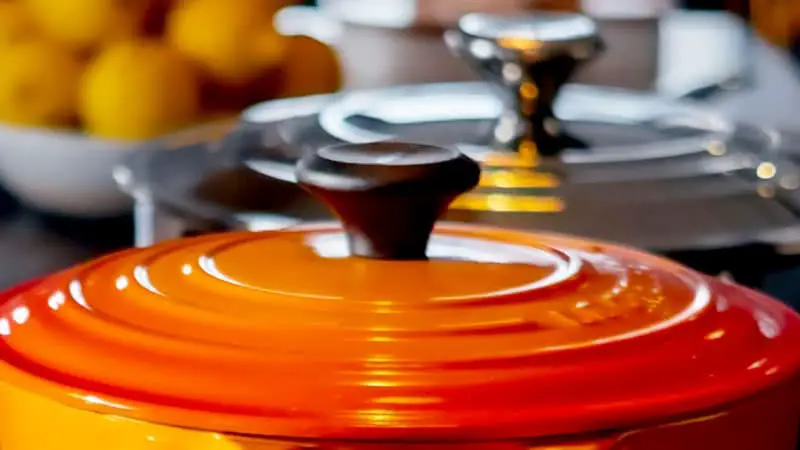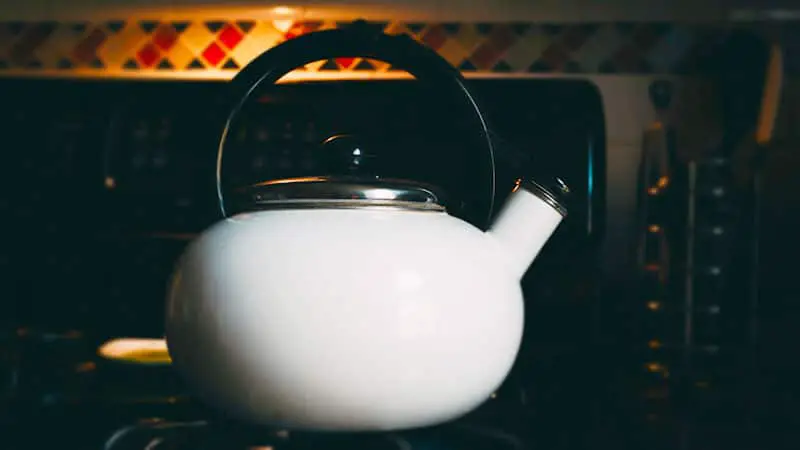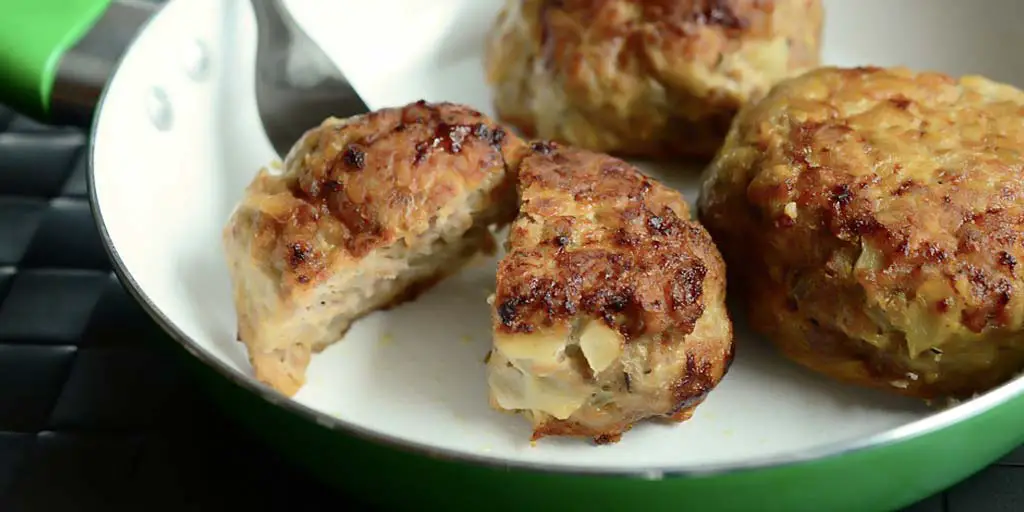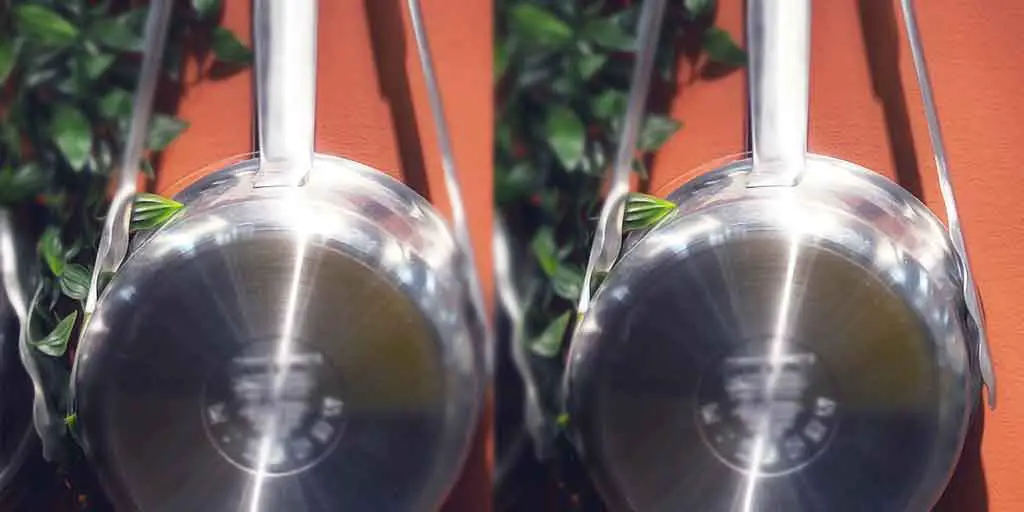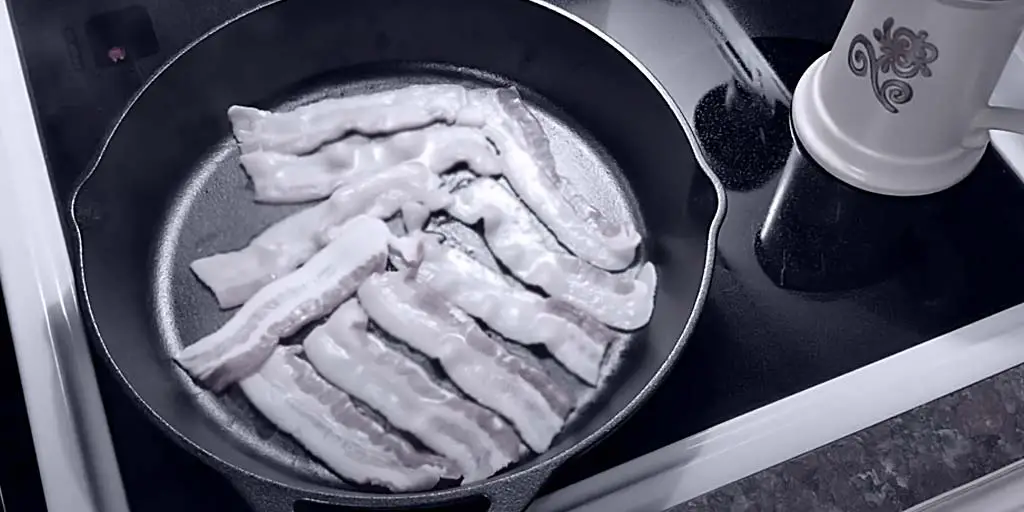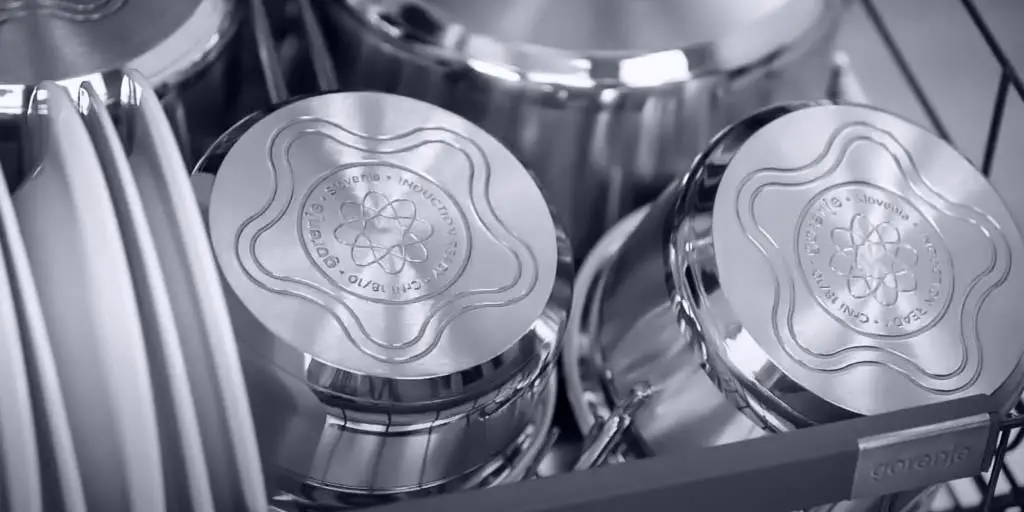How to Clean Bamboo Cutting Board Easily
People prefer using bamboo cutting boards instead of regular wooden ones because of their great damage resistance properties and durability. When it comes to the hygiene issue, bamboo made ones are much more reliable and safer than conventional chopping or cutting boards.
One of the reasons for being a hygienic option is because this particular material doesn’t absorb liquids that much. So, it becomes clear why you cannot follow normal cleaning procedures. Most people don’t know this fact, and after buying one, they look for how to clean bamboo cutting board pretty much everywhere.
These boards are quite difficult as cleaning with water makes the boards vulnerable and allows them to produce odor as well as bacteria. Still, there are ways and easy maintenance steps that can clean the board and make it last longer.
Contents
Cleaning Bamboo Chopping Boards

Under this section, I will discuss multiple ways to clean the board without damaging the material whatsoever. There is no one solution to clean different messes from your bamboo board. So, obviously, you would need to follow separate methods for different cleaning purposes.
Washing the Board
This is something that you need to do on a regular basis, meaning whenever you use the board to cut raw food items, be sure to wash it following this method. After every use, scrape off the food particles or food waste from its surface using a spatula. You can also use your hand, but make sure you clean it properly.
Then, use mild dish soap and water to wash the surface. Don’t expose the cutting board to water any longer than you need to.
Now, use warm water or hot running water to wash it further. Immediately after that, dry it using a clean and dry dish towel. Make sure you don’t sink the board in the water. Otherwise, it will show cracks or become fragile soon.
Cleaning Stains
Mild soap and warm water cannot remove stains. But, you cannot use a dishwasher or other chemical agents for this. Using baking soda or coarse salt is the option to go in this case.
Apply coarse salt on the stained area of the cutting board. Then, use a wet cloth to rub salt on the stained surface. Use more salt until the stain is no longer there.
Another way of getting rid of staining issues is to use baking soda. Sprinkle baking soda on the stain, and use a damp cloth to rub that area. It will make a paste when you rub it. Wait for a few minutes, and allow the paste to sit. Then, rinse the board and dry properly with a towel.
Disinfecting
Even though bamboo has some antiseptic properties, you must disinfect the cutting board periodically, and especially after every time you use it for cutting poultry, raw meats, and seafood.
There are several ways to disinfect your bamboo cutting board. You can use white vinegar, which is something almost every household has. Using hydrogen peroxide is another effective disinfecting solution that you can try.
For white vinegar method, make a mixture of water and white vinegar. Soak a cloth in the solution, and then rub the cloth on the board.
Now, take baking soda and spread some amount over it. This time, use a sponge to rub the stains. Let it sit for a few minutes. After that, rinse it, and wipe using a dishtowel.
If the stains are too stubborn, you need to apply a more effective method. Use 3% hydrogen peroxide solution in this case. Pour the solution on the board, and spread it using a cloth. Leave it for a few minutes. Then, clean the board using a cloth, and dry it properly.
Make sure you don’t mix hydrogen peroxide with vinegar and apply the solution to disinfect the board.
No need to put the board in the microwave for disinfecting it — the high temperature can damage the board.
Deodorizing or Odor Remover
When your chopping board smells raw meat, crushed onion or ginger, or any other food item, you must treat it well to remove the odor.
Consider sprinkling some salt on the surface, pouring ½ cup lemon juice, and then rub it gently across it. Let the mixture sit for 2 hours. Lemon and salt will penetrate the material and eliminate the odor. Rinse and dry the board using a clean and dry cloth or paper towel to absorb the excess moisture. Air-dry the board after that.
Treating Your Bamboo Cutting Board
Whether you have an old or new bamboo kitchen cutting board, you can treat it to make it more durable and prevent developing cracks as well as drying out.
Consider using food-grade mineral oil for seasoning the bamboo material. Pour some mineral oil on the surface, and use a soft cloth to spread the oil all over the surface. Make sure you use a tightly woven soft cloth. If the grain has multiple directions, apply the oil in a circular motion. Otherwise, do it in the direction of the grain.
Leave the seasoned board for an hour to allow the surface to soak the oil. After the waiting is over, use a clean cloth to wipe off the excess oil, and then store the board.
Once you are done treating your cutting board, it will require much less conditioning. However, if you still prefer conditioning the material, there are commercial-grade solutions that combine mineral oil with natural waxes. This conditioning makes the board more stain and water-resistant.
How to Store Bamboo Cutting Board?
- When you are done with cutting and stuff, consider storing or hanging it in a cool and dry place where air can freely circulate around
- Keep it away from the stove or other hot areas — also, don’t place hot pans on the board
- Horizontally store the board to make sure it doesn’t accidentally bend
- Don’t store it in places with high humidity, otherwise, mold will develop on the surface
Final Words
It might seem an overwhelming task to clean the cutting board, but if you properly clean it after each use, disinfect when needed, deodorize once every week, and treat the material once every week, this will not be difficult for you.
The next time someone asks you about how to clean bamboo cutting board, you will have a long discussion ahead.
